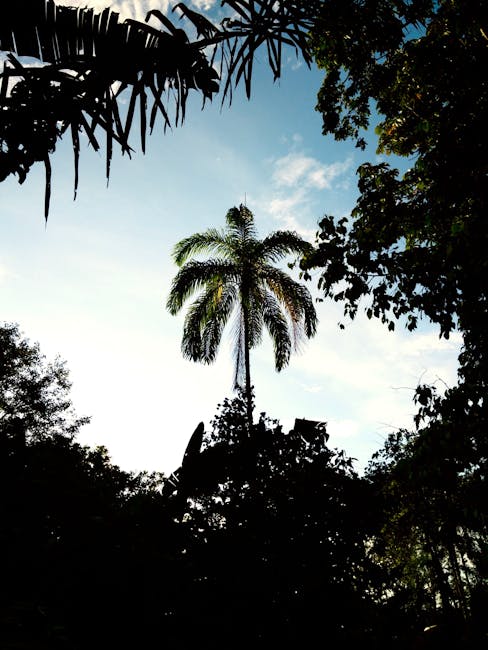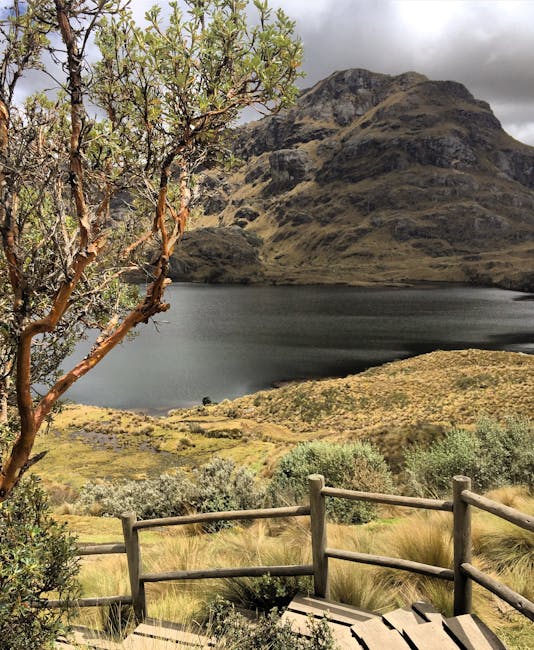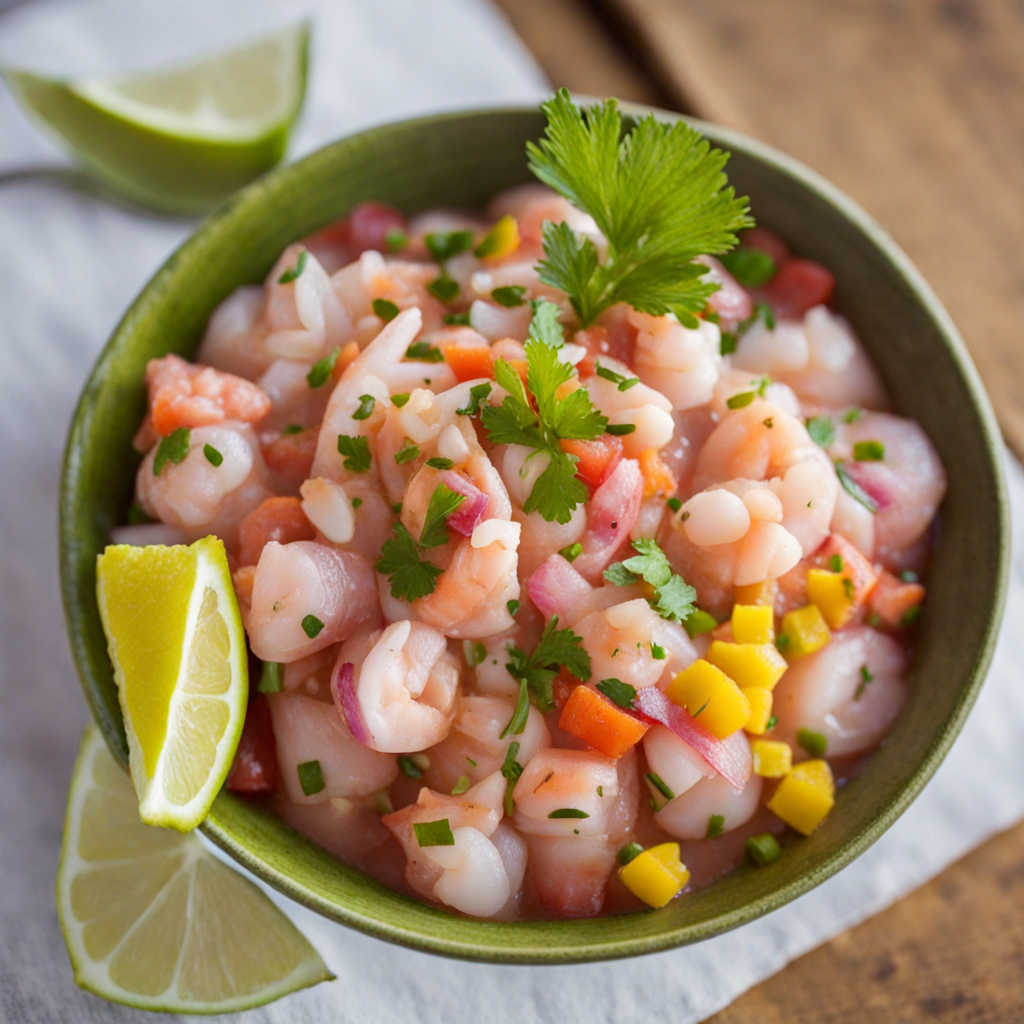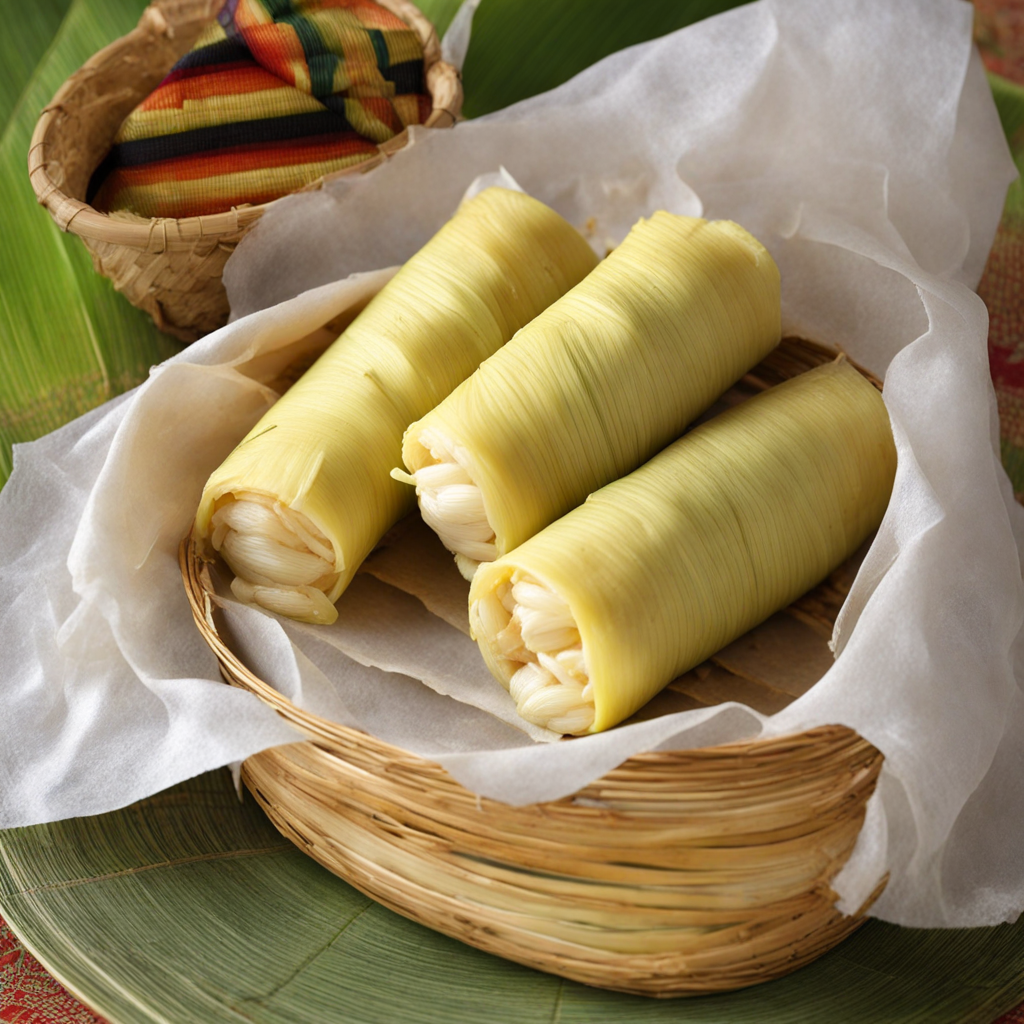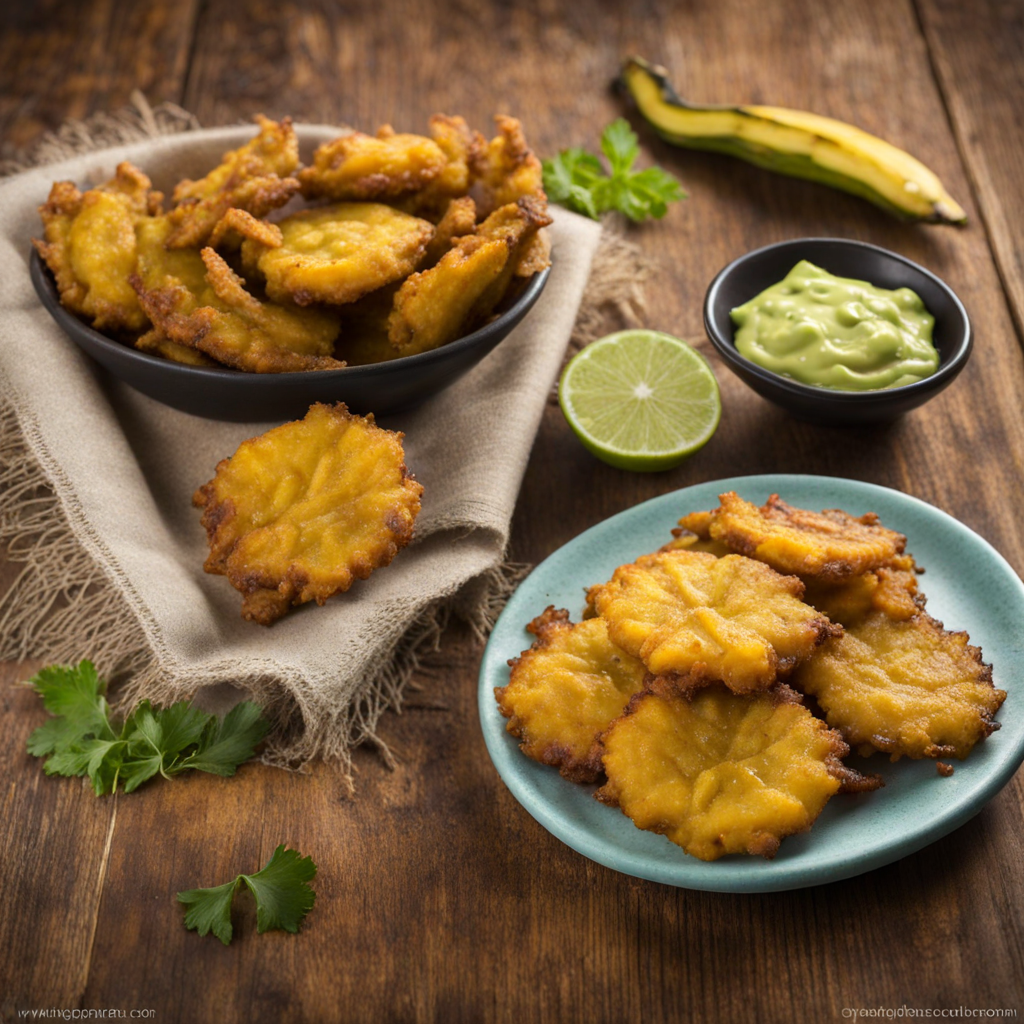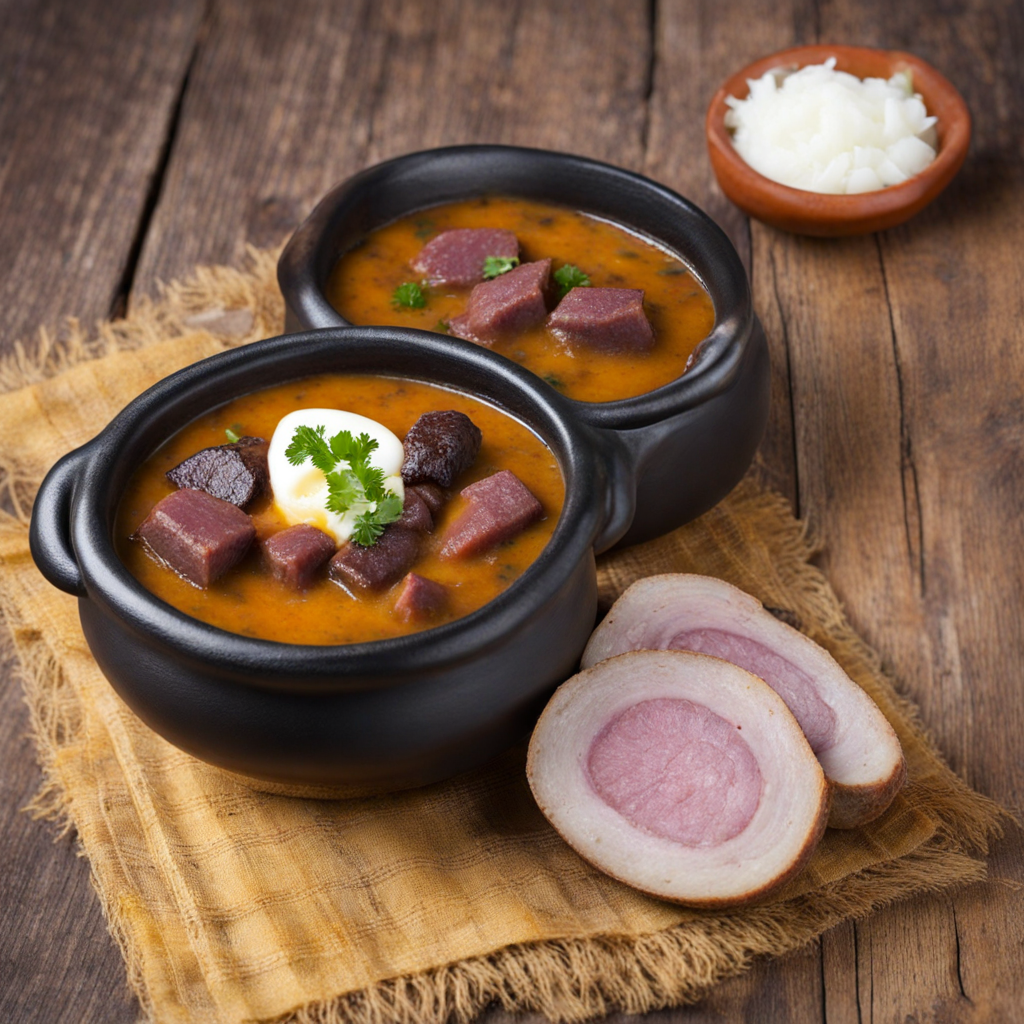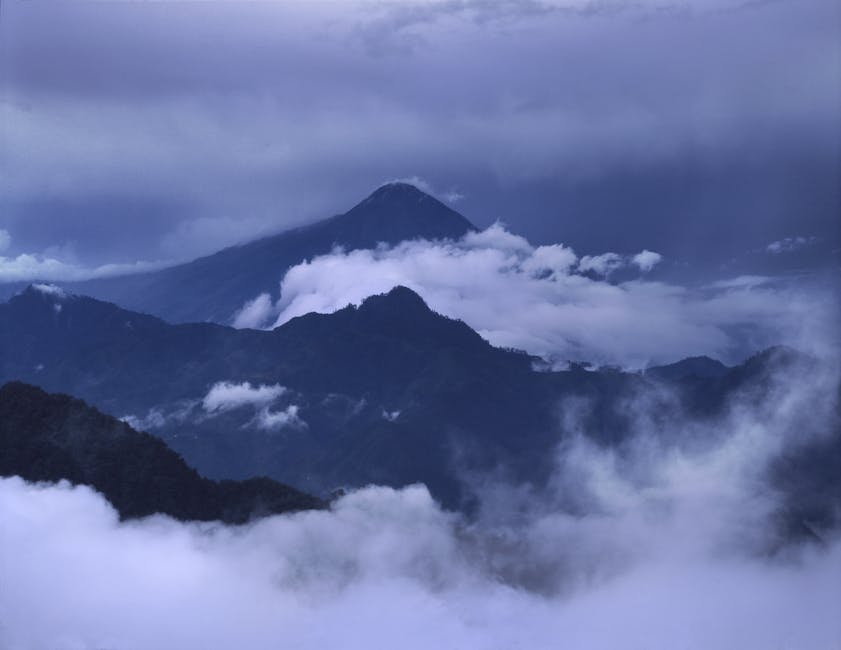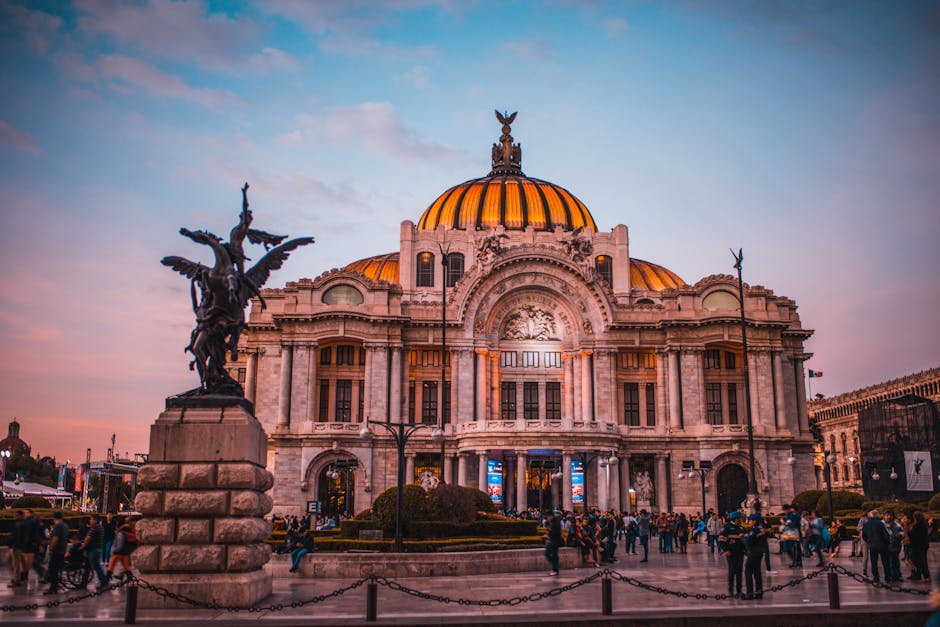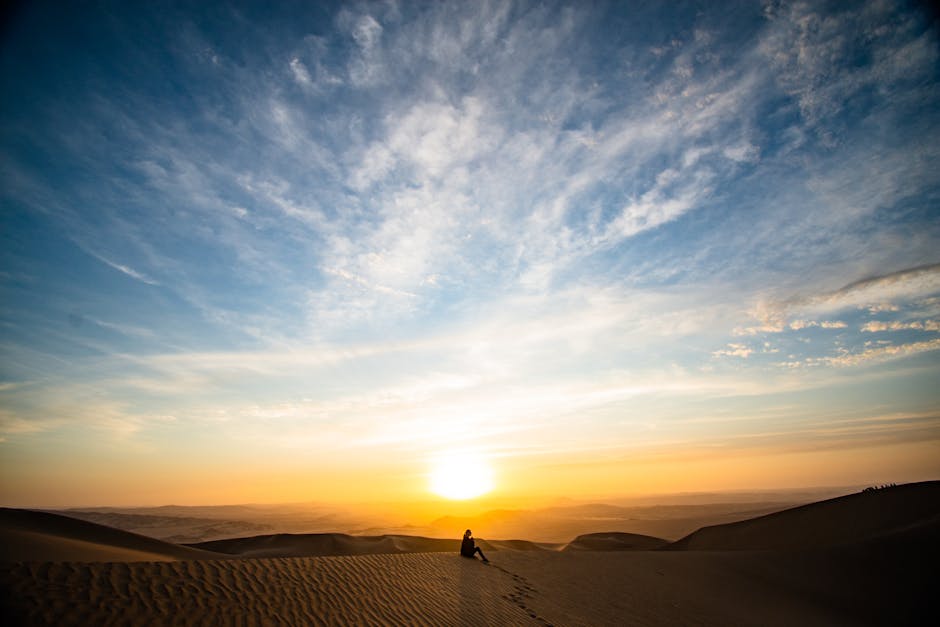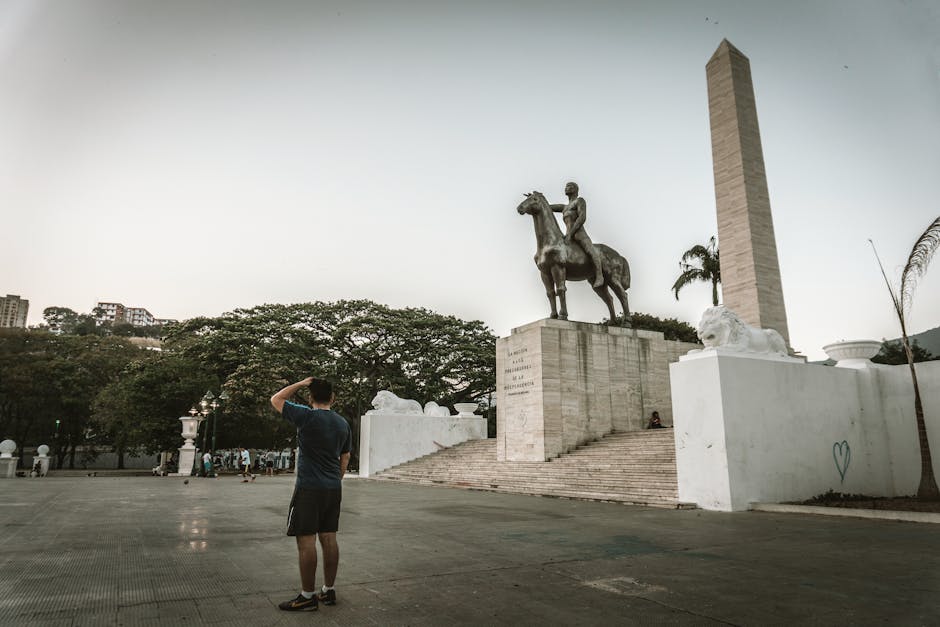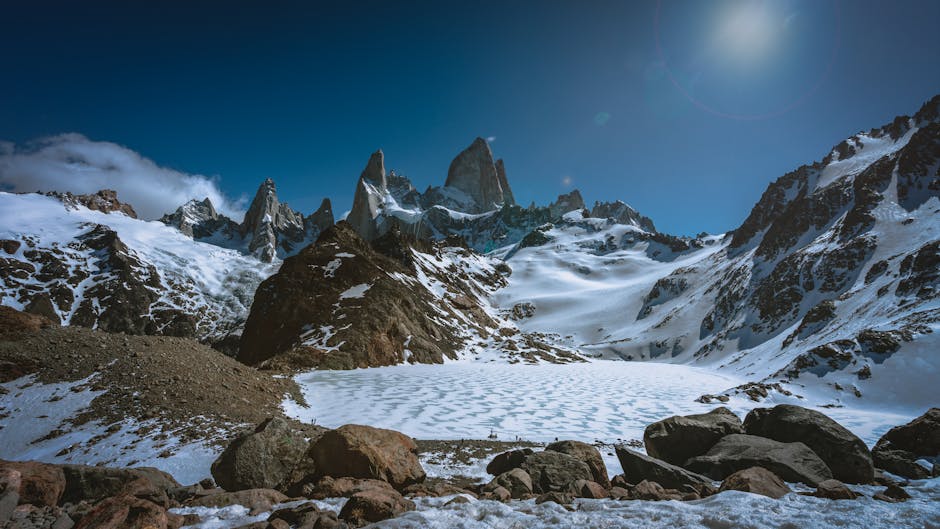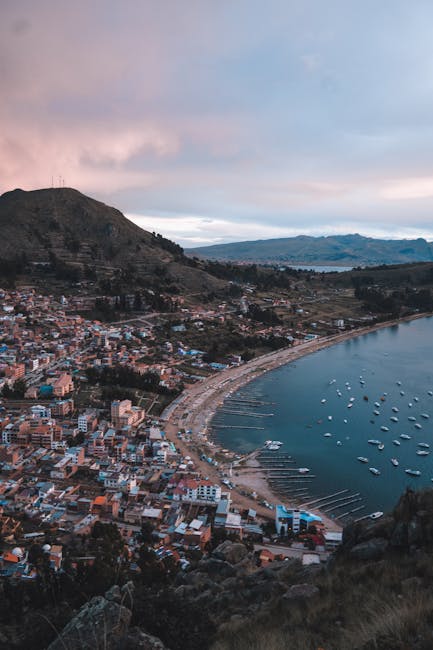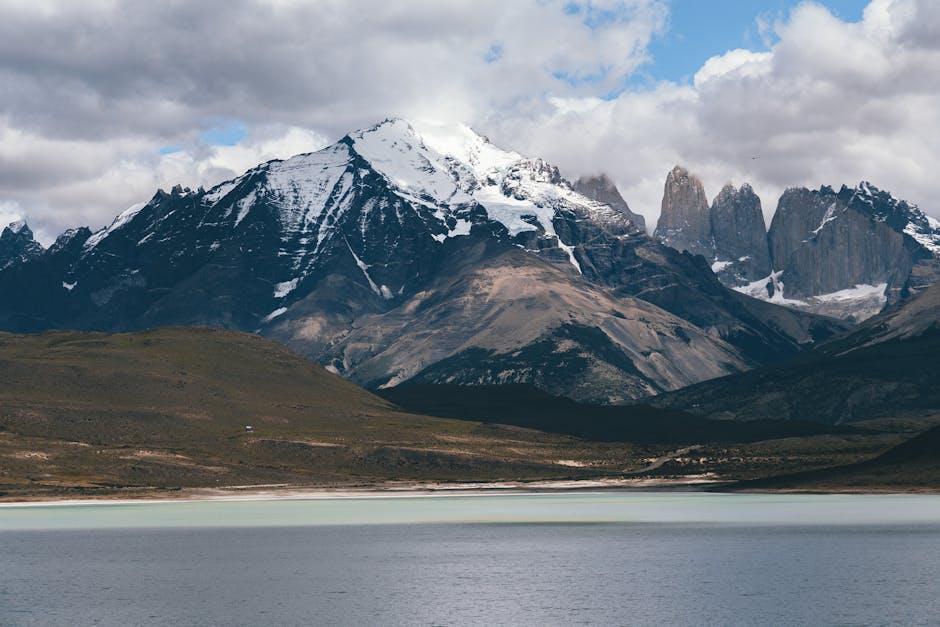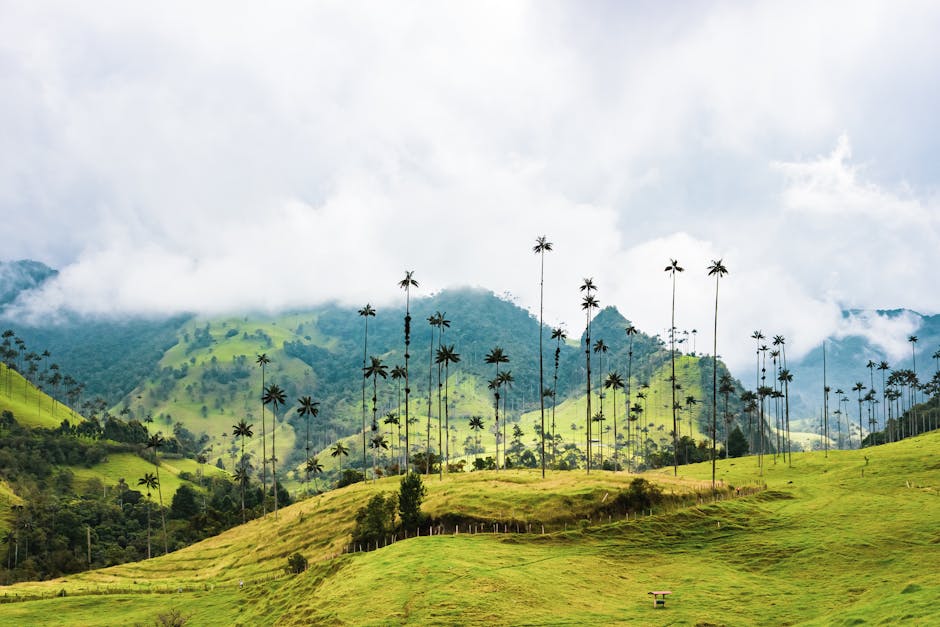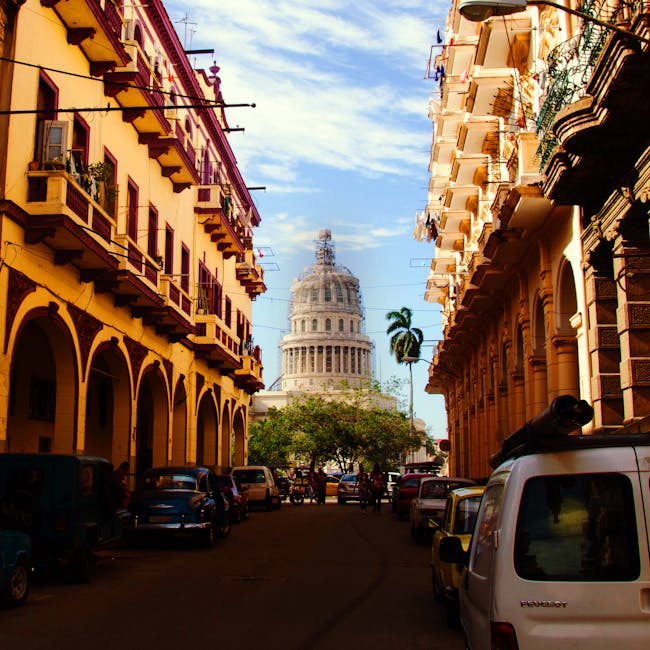Ecuador
Overview
Ecuador is a diverse, multilingual, and culturally rich country located in the heart of South America. This compact nation is home to an astonishing variety of landscapes, including the Amazon rainforest, the Andean Highlands, and the Galapagos Islands, which inspired Charles Darwin's theory of evolution. Ecuadorian culture is a beautiful blend of indigenous traditions, Spanish colonial influence, and modern urban vibrancy. You'll find lively markets brimming with colorful handicrafts, festivals full of music and dance, and a culinary scene that's as varied as the country's geography. What makes Ecuador unique is its diversity within such a small area, meaning you can have breakfast on the beach, lunch in the mountains, and dinner in the jungle!
The high season for tourism in Ecuador is June through September. During these months, the weather is generally mild and dry, especially in the Andean Highlands, making it an ideal time for outdoor activities such as hiking, mountain biking, and wildlife spotting. The Galapagos Islands, a must-visit destination known for its unique wildlife, are also best visited during this time as the seas are calm and the animals are active. In the Amazon rainforest, you can go river rafting, bird watching, or take guided tours to learn about the rich biodiversity of this region. Meanwhile, in cities like Quito and Cuenca, you can enjoy historical tours, museum visits, and exploring the local food scene.
Before visiting Ecuador, teenagers should make sure they're well-prepared. Make sure your routine vaccinations are up to date, and consider getting additional ones recommended for travel to Ecuador, such as Hepatitis A and Typhoid. Pack for varied weather - lightweight clothing for the coast and rainforest, but warmer layers for the highlands. Learn some basic Spanish phrases, as English is not widely spoken outside of tourist areas. It's also advisable to have travel insurance that covers medical emergencies. Lastly, respect the local customs and environment, especially in indigenous communities and protected nature areas. Ecuador is a country that will welcome you with open arms, and leave you with memories to last a lifetime!
A Glimpse into the Past
Ecuador, a country straddling the equator on South America’s western coast, is rich in history and culture, shaped by a blend of indigenous heritage, colonial past, and modern influences. The story of Ecuador begins with its indigenous populations, who inhabited the region for thousands of years before the arrival of the Spanish. Notable civilizations such as the Cañari and the Inca left a lasting impact on the cultural landscape, with the Inca Empire extending its reach into what is now Ecuador in the 15th century.
The Inca Empire, with its capital in Cusco, recognized the importance of Ecuador for its agricultural wealth and strategic location. The famed site of Ingapirca, located near the city of Cuenca, is the largest archaeological complex in Ecuador and a testament to Inca engineering and religious practices. Visitors can explore this ancient site, which showcases the ruins of temples, terraces, and the renowned Temple of the Sun.
In 1533, Spanish conquistador Francisco Pizarro defeated the Inca Emperor Atahualpa, marking the beginning of Spanish rule in Ecuador. The Spanish established Quito as a significant colonial city, which later became the capital of the Royal Audience of Quito. The city is renowned for its well-preserved colonial architecture, designated as a UNESCO World Heritage site. Highlighted by the breathtaking Plaza Grande, visitors can admire the Presidential Palace, Cathedral, and the stunning La Compañía de Jesús, known for its intricate baroque facade and gilded interiors.
The Spanish colonization brought about significant changes in Ecuadorian society, including the introduction of new crops, livestock, and European culture. The indigenous populations faced harsh exploitation and a decline in their traditional ways of life. However, despite these challenges, many indigenous groups retained their languages, customs, and practices, which continue to thrive today.
The struggle for independence began in the early 19th century, inspired by revolutionary movements across Latin America. In 1809, the first cry for independence occurred in Quito, leading to the establishment of a short-lived independent government. However, it wasn't until 1822 that Ecuador achieved independence from Spanish rule, largely thanks to the efforts of leaders like Simón Bolívar and Antonio José de Sucre. The Battle of Pichincha, fought on the slopes of Pichincha Volcano, was a decisive victory that paved the way for Ecuador’s liberation.
Following independence, Ecuador experienced a tumultuous period marked by political instability, civil wars, and territorial disputes. The country was briefly part of the Gran Colombia, a federation including Colombia, Venezuela, and Panama, until it became fully independent in 1830. During the 19th century, the economy relied heavily on agriculture, particularly cacao and bananas, which later become significant exports.
The Ecuadorian Amazon, home to diverse ecosystems and indigenous tribes, became a focal point for economic activities, particularly in rubber and oil extraction in the 20th century. This led to significant environmental and social challenges, as indigenous communities fought to protect their lands and rights against exploitation.
In the late 20th century, Ecuador faced numerous challenges, including economic crises, political corruption, and social unrest. The 1990s saw a wave of indigenous movements advocating for rights and recognition, culminating in the 1998 Constitution, which acknowledged the multicultural nature of Ecuadorian society and granted rights to indigenous peoples.
Ecuador's rich biodiversity, often referred to as a "megadiverse" country, is one of its most compelling attractions. The Galápagos Islands, famously studied by Charles Darwin, are a UNESCO World Heritage site and a must-visit destination for travelers seeking to understand the principles of evolution and ecology. The islands are home to unique species, including giant tortoises and marine iguanas, making it a paradise for nature lovers and scientists alike.
The Andean highlands are another highlight, offering breathtaking landscapes and vibrant indigenous culture. The town of Otavalo is famous for its lively market, where visitors can purchase handmade textiles, pottery, and artisan crafts. The surrounding valleys and lakes, such as Laguna de Cuicocha, provide ample opportunities for outdoor adventures like hiking and birdwatching.
In contrast, the coastal region of Ecuador boasts beautiful beaches and a laid-back vibe. Montañita, a popular surf town, attracts travelers seeking sun, surf, and a vibrant nightlife. The nearby Machalilla National Park offers stunning coastal landscapes, diverse wildlife, and archaeological sites, such as La Plata Island.
Ecuador's cuisine reflects its cultural diversity and regional ingredients. Traditional dishes such as ceviche, locro de papa (a hearty potato soup), and hornado (roast pork) are must-tries for any visitor. Each region has its culinary specialties, influenced by indigenous traditions and Spanish colonization, making food an essential part of the Ecuadorian experience.
Today, Ecuador continues to navigate its identity, balancing its rich history with modern challenges. The country has made strides in promoting sustainable tourism, recognizing the importance of preserving its natural and cultural heritage while providing economic opportunities for local communities.
Travelers to Ecuador will find not only a country of stunning landscapes and rich biodiversity but also a place steeped in history, where indigenous cultures coexist with a vibrant mestizo identity. From the high peaks of the Andes to the lush jungles of the Amazon and the unique ecosystems of the Galápagos, Ecuador offers a diverse tapestry of experiences that reflect its complex past and dynamic present.
As travelers explore this captivating country, they will encounter warm and welcoming people, a deep sense of tradition, and an endless array of natural wonders, all intertwined with the historical narrative that has shaped Ecuador into the vibrant nation it is today.
Top cities for tourists in Ecuador
Discover the Famous Cities That Might Captivate Your Interests
Must-Try Foods You Can't Afford to Miss
Indulge in a Variety of Fantastic Foods During Your Stay in Ecuador
May Be Your Next Destinations
People often choose these countries as their next destination


